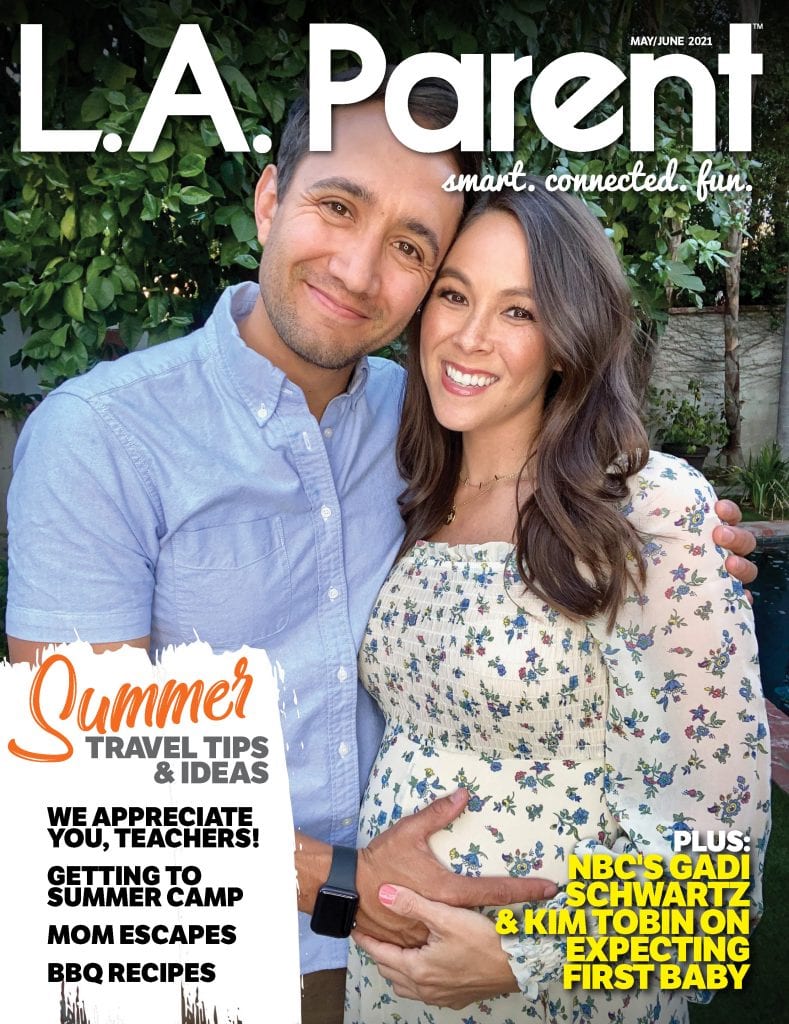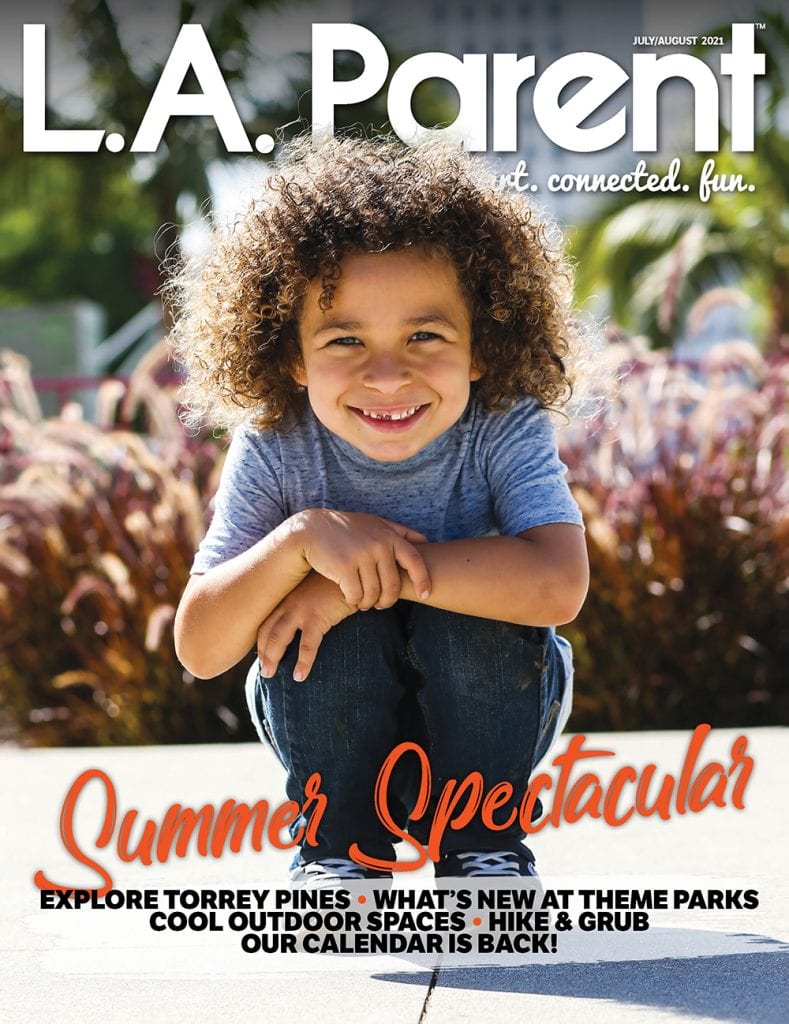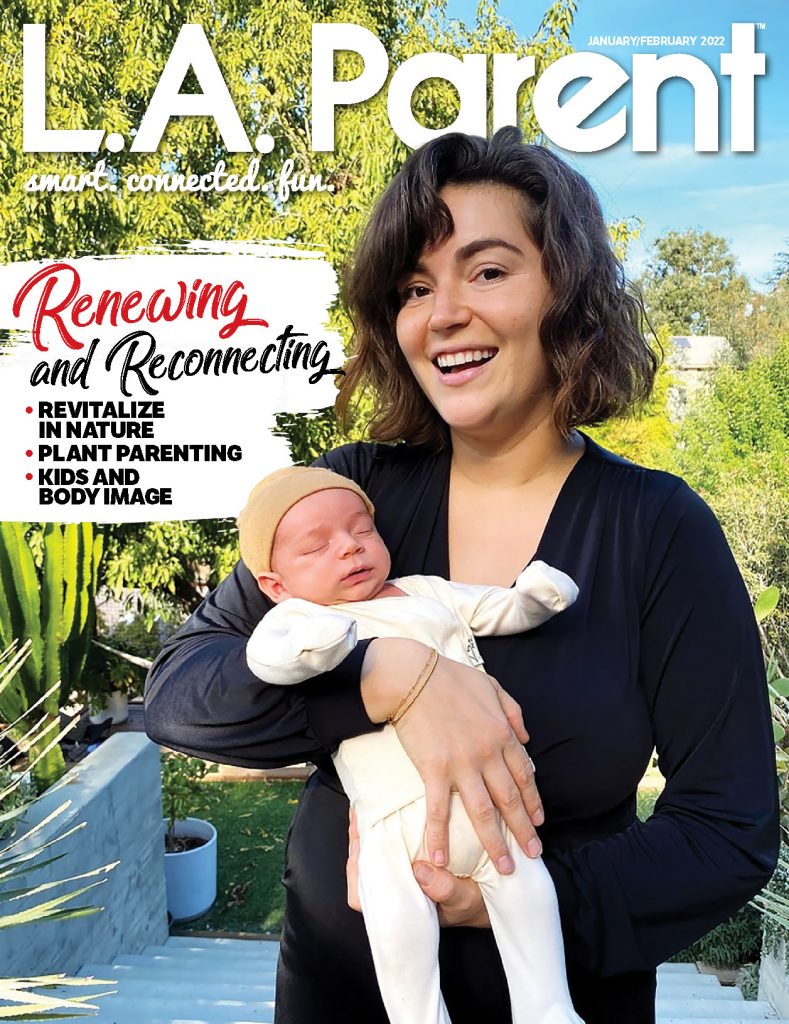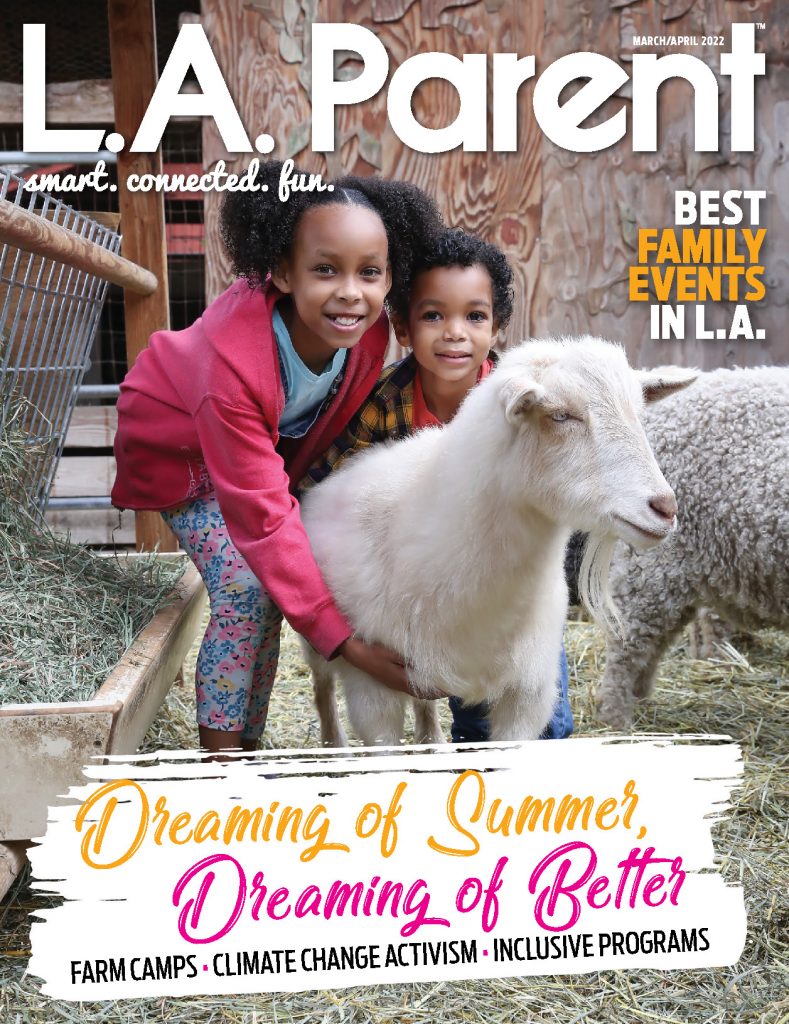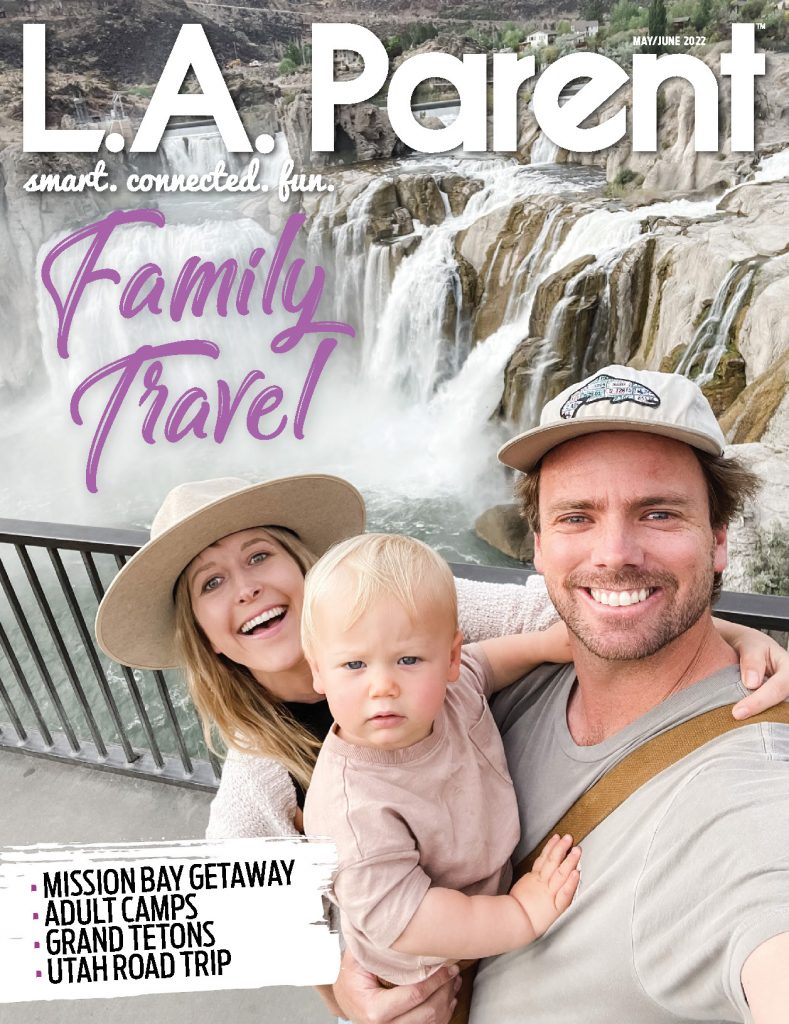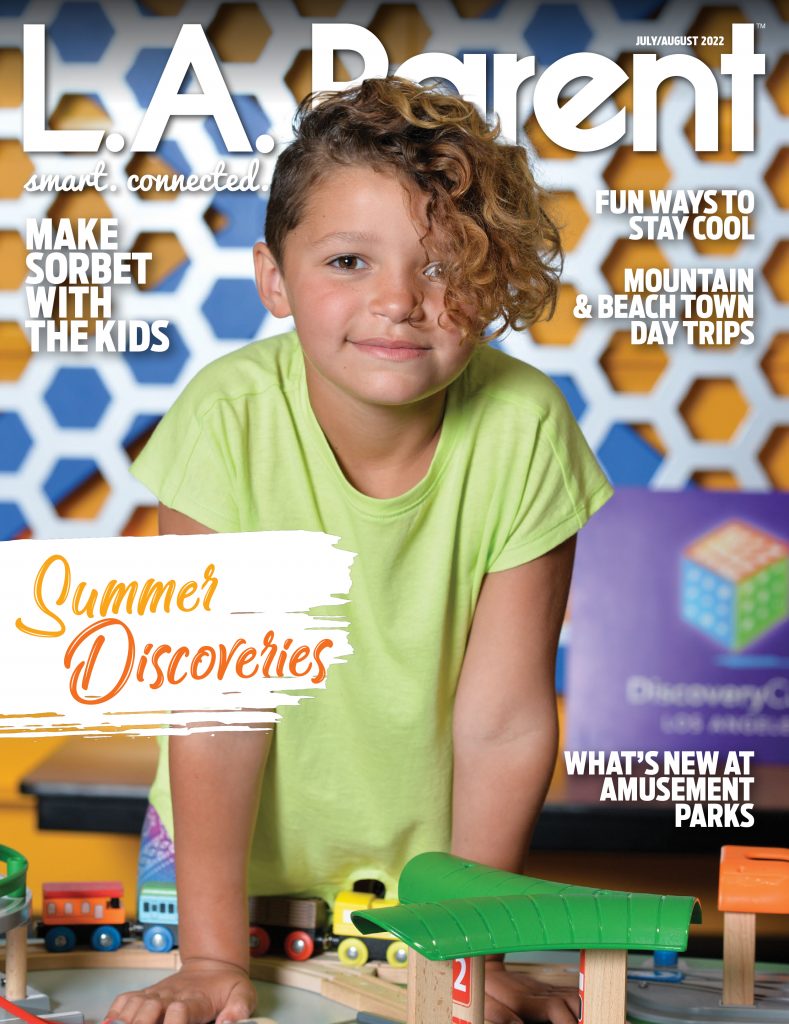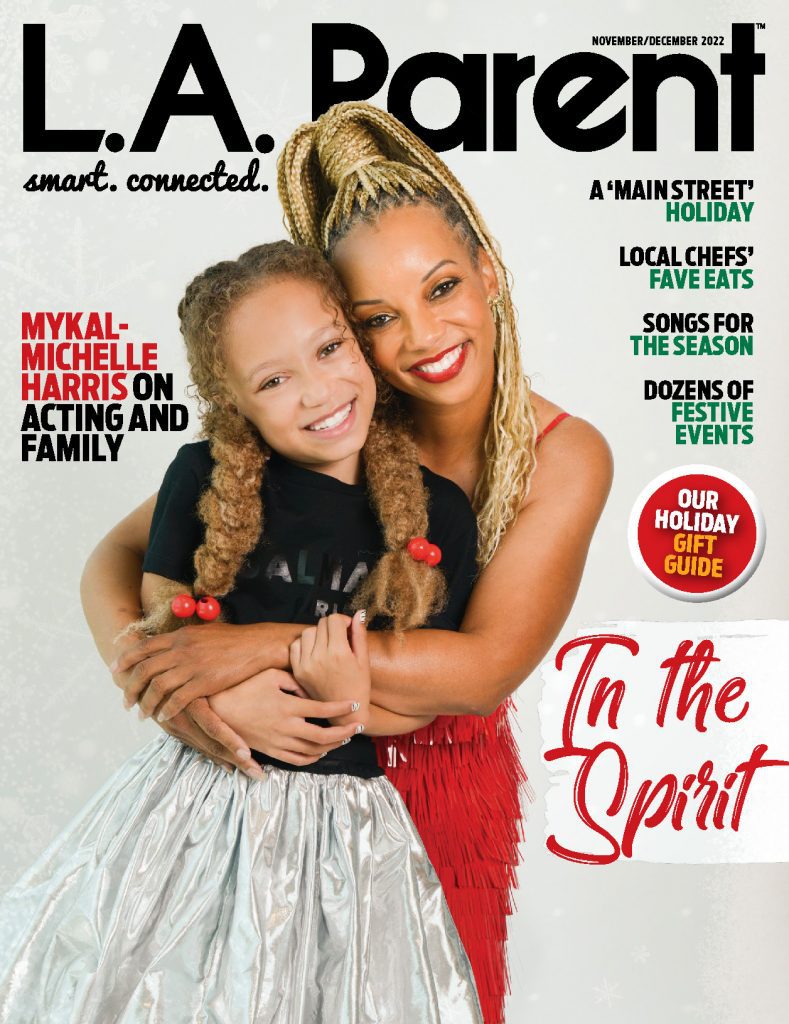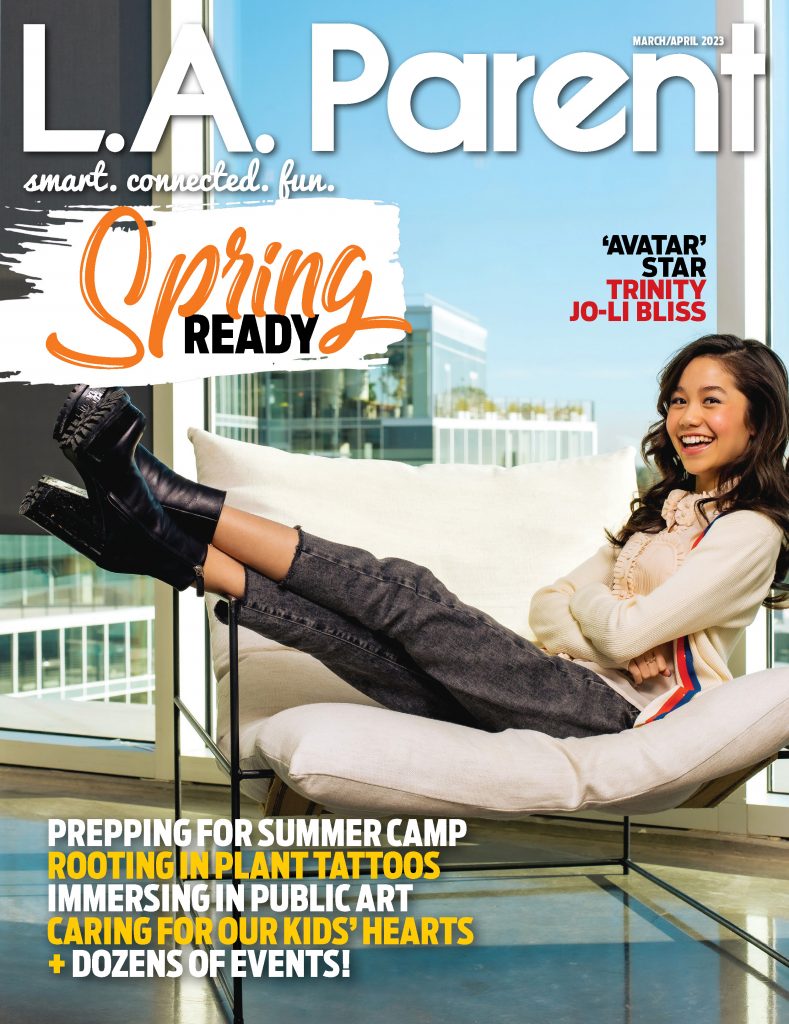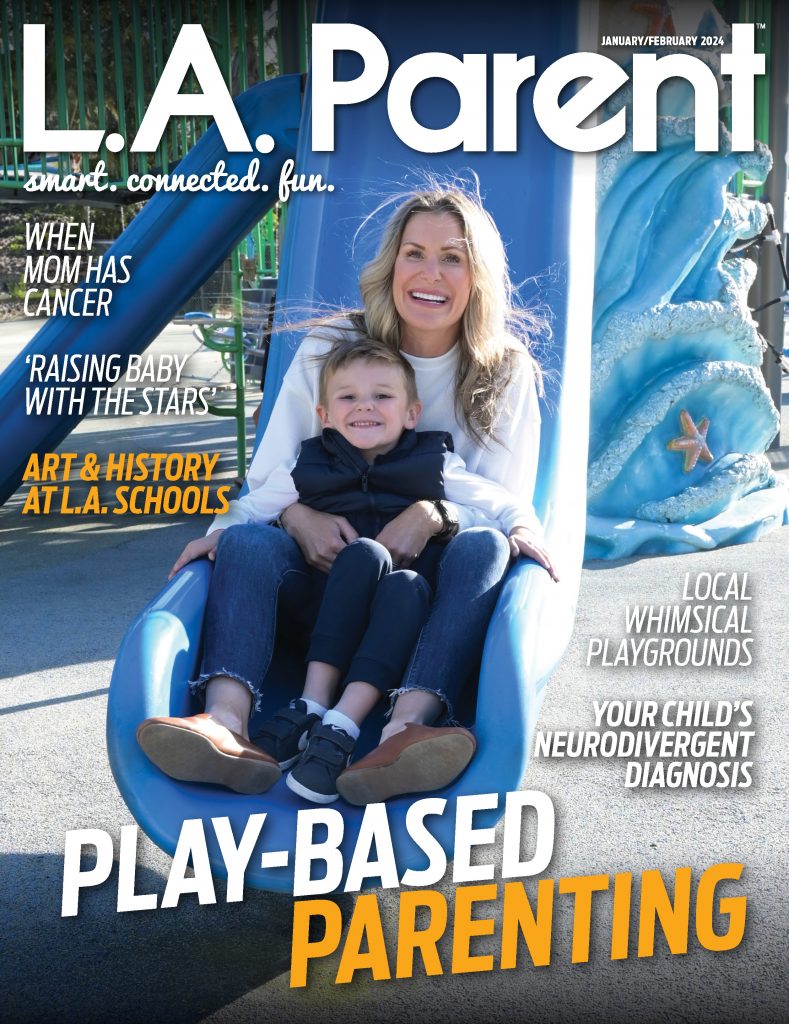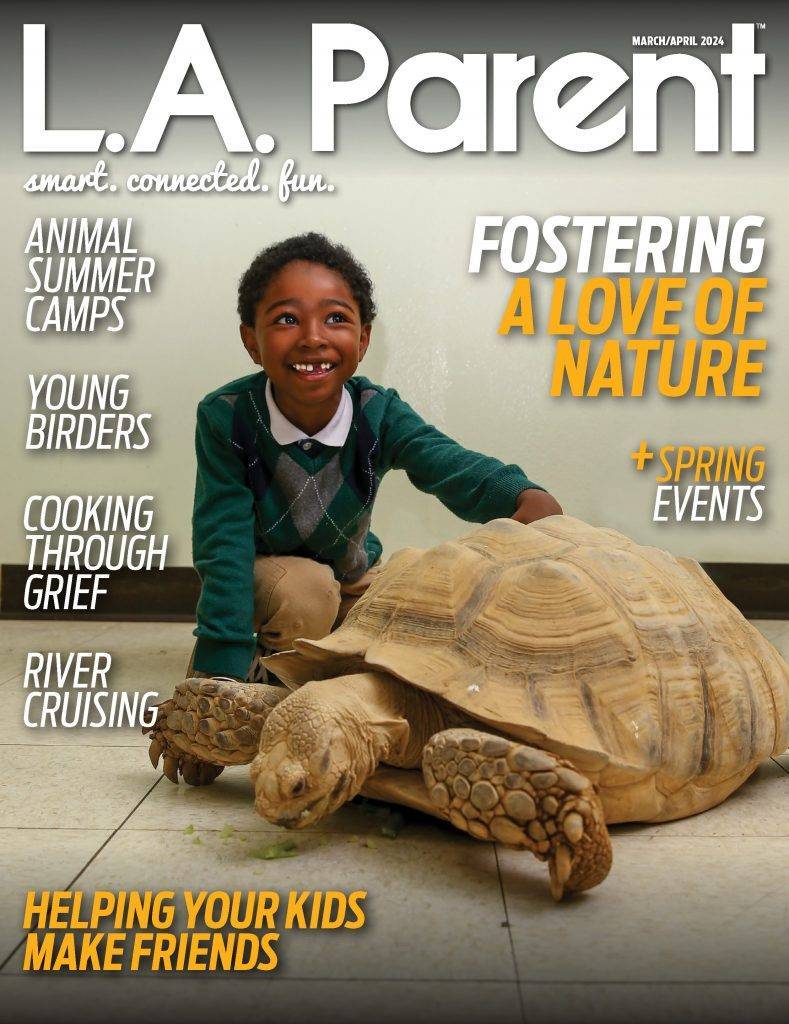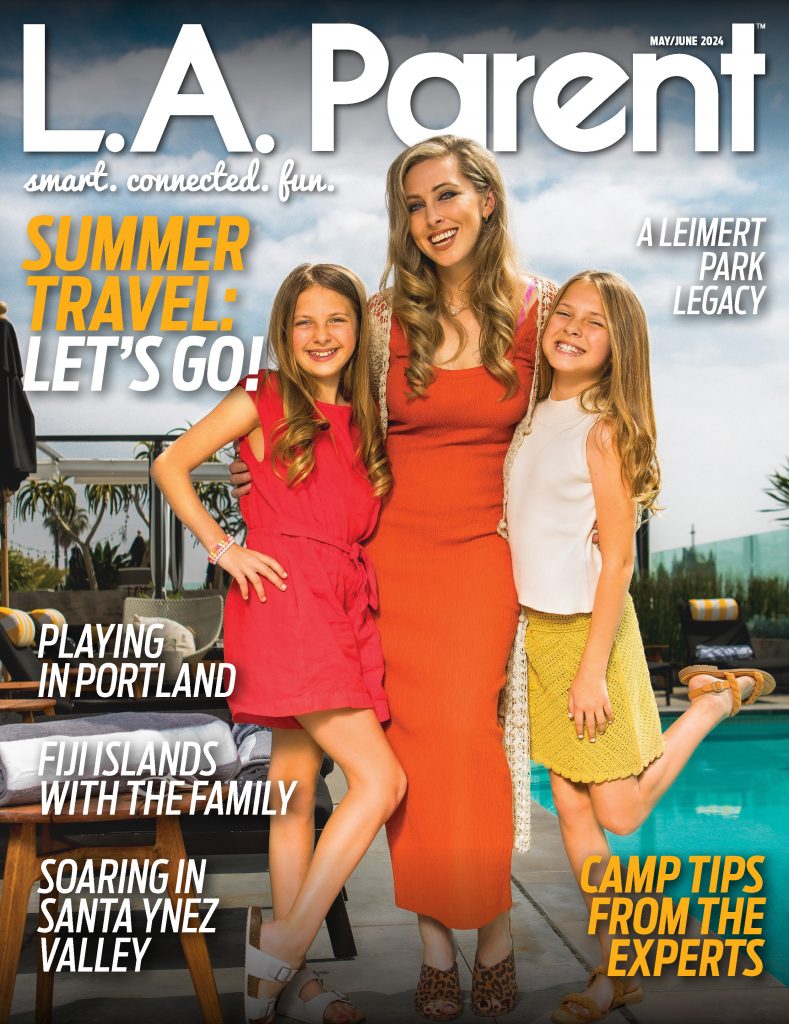
PHOTO BY BEVERLY HOUWING
Los Angeles is crammed with contradiction. We are plagued by some of the world’s ugliest traffic, yet Terry Masear, best-selling author of “Fastest Thing On Wings: Rescuing Hummingbirds in Hollywood,” says we’re also home to more beautiful hummingbirds than any city on Earth.
Angelenos’ increased sightings of these flying jewels are due in large part to the conservation efforts of hummingbird rehabbers like Masear. Locals who put up feeders for the miniature marvels have also helped bolster the population.
“Hummingbirds are so magical to look at that they give people who watch them a spiritual boost, a feeling that there is light and life and hope,” says Masear.
It’s not just adults who are spellbound. Children are drawn to hummingbirds like iron filings to a magnet. They yearn to learn about them.
“If you set up a feeder at your home, you’ll be amazed at how excited kids will get about science,” says eighth-grade science teacher Amanda Sibley, who has authored hummingbird observation-based lesson plans. “When kids are excited, they engage. Hummingbirds even excite kids who are typically difficult to engage – ones with dyslexia, ADD or other learning challenges. Before you know it, they are the ones teaching you things you never knew about nature.”
“Setting up a successful hummingbird feeder is easy if you do it right,” says Kurt Leuschner, professor of natural resources and field ornithology at College of the Desert in Palm Desert. “You can put a feeder out and there is a good chance hummingbirds are going to use it. That’s not true with many other feeders or birdhouses, where you have to wait a long time for something to show up.”
Fun Hummingbird Facts
- Hummingbird hearts beat 1,260 times per minute in flight.
- During courtship, male hummingbirds fly back and forth in a 25-50-foot arcs, acting like a swinging pendulum in the sky.
- Hummingbirds love to eat fruit flies.
- Many hummers like to build their nests with spider webs, which allows for the nest to expand depending on number of eggs.
- Hummingbird nests are about the size of a golf ball, and their eggs are the size of jelly beans. The hummingbirds themselves don’t weigh much more than a nickel.
How to Attract Hummingbirds

Anna’s hummingbirds can be found in California year round. Adult Anna’s are approximately four inches long with a short, straight bill. The male, pictured, has a sparkling wine-red to magenta-pink head and neck, and an iridescent emerald back. It is more stout and stocky than an Allen’s hummingbird. The female is green and gray with a green crown and tiny pink throat patch. Some older females have a beautiful black stripe on the outer edge of the eye. PHOTO BY BEVERLY HOUWING
Let’s look at nine ways you and your family can get to know our local hummingbirds this spring.
- Choose a good feeder.
Buy a feeder with a base that comes apart, so it’s easy to clean. Best Hummingbird Feeder is the best one Leuschner has come across in his years of experience. Consider choosing a feeder where hummers can perch while drinking. Hummingbirds at my house favor First Nature 3051, which has a seating rail and is available online for under $10.
- Don’t encourage collisions.
The rule of thumb for bird feeders is to put them either very close to a window or quite far away to help keep the birds from colliding with window glass. “Super-close is OK, but 5-10 feet away is not good,” says Leuschner. “Hummingbirds can slam into windows when they’re trying to escape a predator like a Cooper’s hawk.”
- Keep feeders visible.
“Put your hummingbird feeders where you can enjoy them. Don’t put them in the far back corner of a yard where you will never see them. It sounds obvious, but people don’t think of these things. A big part of the fun is to watch the birds. Put feeders in front of your favorite window, or your favorite place to sit in your yard,” says Leuschner.
- Spread the love around.
Hummingbirds, especially the males, get territorial, particularly during nesting season when they tend to guard feeders and keep other

Allen’s hummingbirds once migrated south in July, but a subspecies is becoming a year-round California resident. These small, compact birds are only about three inches long, and weigh a gram less than Anna’s hummingbirds. The males, pictured, have iridescent copper necks and backs, glittering green crowns, rusty brown flanks and pointed orange tail feathers with dark tips. The females have cinnamon brown sides, dull bronze-green backs and cream-colored chins, throats and chests. PHOTO BY MARILYN MEADOWS
hummingbirds from using them. “Maximize the number of hummingbirds using your yard by spreading feeders out, ideally out of the sight line of other feeders,” says Leuschner.
- Don’t buy red food.
“Red-dyed liquid food is one of the biggest frauds on the market. Hummingbirds don’t even like it. Avoid it for the same reason we had a red-dye scare in human foods,” says Masear. “Not only is it not necessary, but the chemicals it contains could be harmful to the hummingbirds.”
“You don’t even need red food,” says Leuschner. “The feeders themselves have enough red on them to attract a bird.”
Instead, make your own food. “Just use four parts hot water to one part white sugar. It’s the closest thing to what they are drinking in the wild,” says Leuschner. “You don’t have to boil the water. Hot tap water is sufficient to dissolve the sugar.” Let the water cool before pouring it into the feeder.
Sibley’s eighth-grade science class pre-mixes sugar water in batches, then stores it in the refrigerator for up to a week.
- Don’t go organic.
“Don’t use brown sugar [to make hummingbird food]. Not only is it not good for hummingbirds, it can kill them. Honey can be fatal, as well, because it sticks in their crop, [the sac where hummingbirds hold their food while waiting for it to digest],” says Masear.
“No ‘raw sugar’ type products, either,” says Leuschner. “It may sound like it’s better for them, but it’s not. It gumps up your feeder and causes bacteria to

Black-chinned hummingbirds arrive in the area in April and leave for Mexico in September. These three-inch birds are smaller and more slender-bodied than Anna’s hummingbirds, and have longer bills. The males, pictured, have black chins with a striking iridescent purple stripe only visible from certain angles. Females look similar to female Anna’s, but with gray crown instead of green. PHOTO BY MARILYN MEADOWS
form. It’s a mess.”
- Keep your feeders fresh.
“People call me and say, ‘My feeder has been out for a month and I still don’t have a hummingbird.’ And I say, ‘Hello! Hummingbirds are attracted to fresh sugar water. You should change the water every two to three days,’” says Masear. “With the high temperatures in Los Angeles, feeders need to be kept almost impeccably clean.”
In two hot days, the water can turn cloudy, and in three to four days, you can start to get mold.
“Mold causes deadly fungal infections in the throats of hummingbirds,” says Masear. “It’s a terrible way for them to die. They start mouth breathing and their tongues swell.”
Use hot, soapy water and a bottle brush every few days. Kids care about hummingbirds and will usually be all over this chore, especially if you explain how mold can harm hummers. If your feeder sits too long and becomes moldy, you’ll need to clean it with a diluted bleach solution.
- Go native instead.
If you don’t want to commit to cleaning feeders, don’t sweat it. Take them down and consider a mini-hummingbird garden instead. (Pots on a patio count as a garden). Have your children research which plants hummingbirds love.
“I encourage everyone to go to nurseries and buy native plants,” says Leuschner. “The hummingbirds will appreciate that.”
- Or go virtual.
Be prepared to be gob smacked when you check out the live hummingbird webcam at www.bellahummingbird.com starring Rosie (or Bella, who has nested in the same ficus tree in La Verne since 2005). Many L.A. classrooms follow it. “It’s a miraculous unfolding of a natural event and it goes from the nest-building phase to the egg laying to the hatching and fledging phases,” says Masear.
Take a cue from your kids to help you appreciate the beauty of your hummingbird visitors. “As adults, we get busy or kind of fall asleep, and we temporarily forget that the world is beautiful. Kids remind us about that beauty,” says Sibley. “They will reacquaint us with it if we let them – especially when magical creatures like hummingbirds are on the scene.”
Thea Fiore Bloom is a freelance writer, artist and literacy volunteer. She welcomes email at theafiorebloom@gmail.com.



